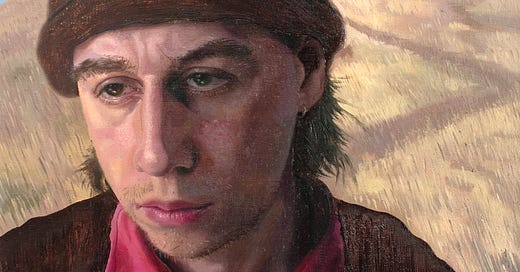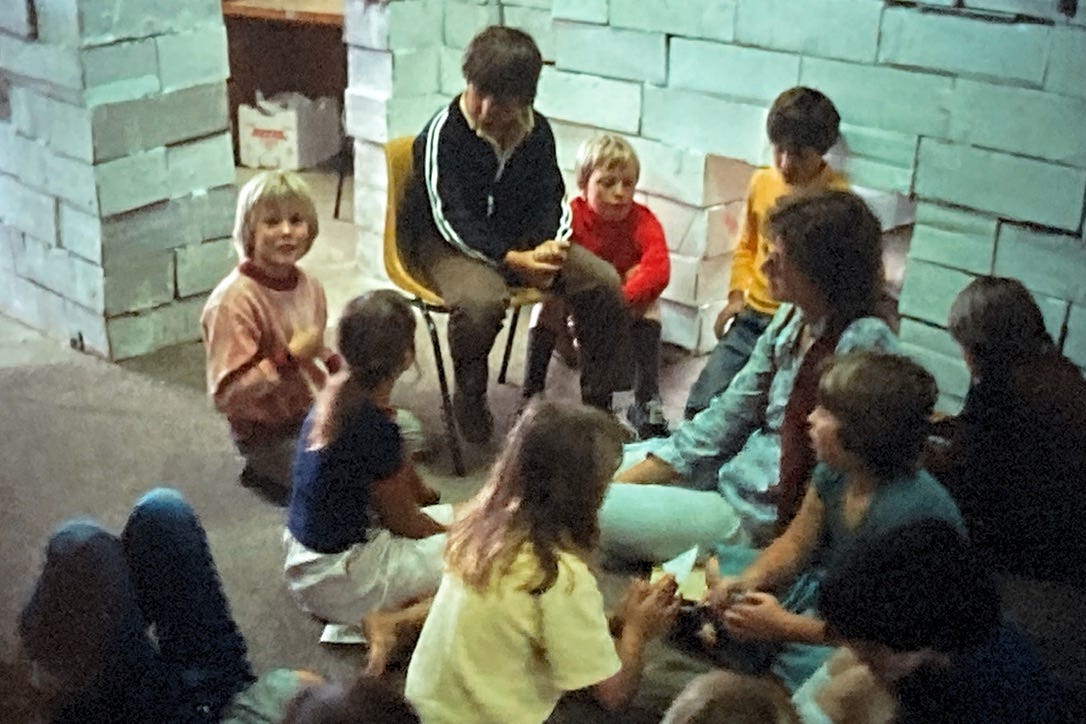1.
Last week I posted here the final chapter of my book School Portrait, the 1984 story of four of my primary school students at an alternative school in Canberra, and of their lives in the medieval village we built in the classroom.
1984.
That’s 40 years ago.
I was 37 then and am now 77.
The students I was writing about were then about 10; today they’d be about 50.
2.
So much - about us, about the world - has changed in those 40 years.
I typed the first draft of School Portrait on an electric typewriter, and subsequent drafts onto floppy disks on my new Mac 512K. Today we have the internet and smartphones, and many of us struggle with various forms of technological addiction.
In 1984 the American president Ronald Reagan was about to meet, for the first time, the Russian leader Mikhail Gorbachev; the Soviet Union was about to disintegrate; Ukraine would have its own government; and the Berlin wall would soon be down. Democratic promise was in the air. Today we have Putin and Trump. Today there’s a credible threat (internal rather than external) to the continued existence of an American democracy.
3.
I’ve been reading Jonathan Haidt’s book The Anxious Generation. It focusses on other deeply significant changes among teenagers:
Soaring depression rates
Increased suicide rates
Significantly less time spent meeting up with friends
Sleep deprivation
Alarming rates of social media use
Fewer close friends
Increasing numbers feeling life is meaningless.
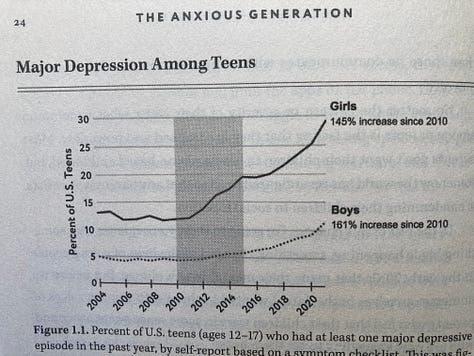

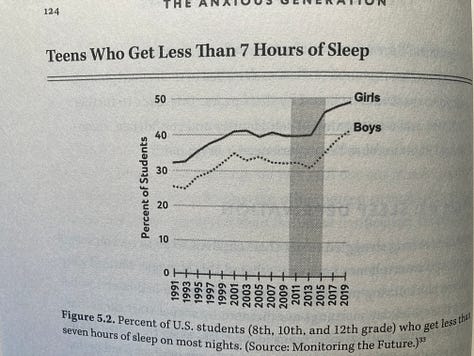
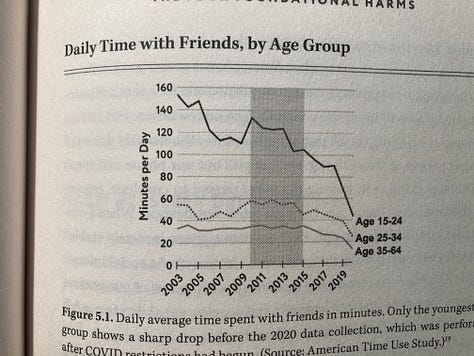
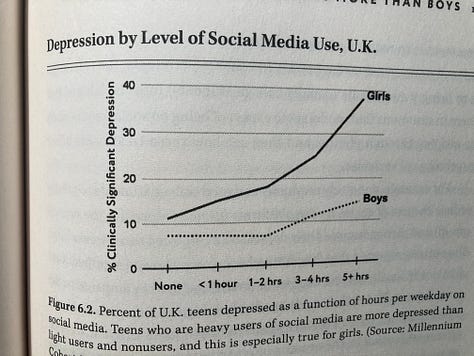
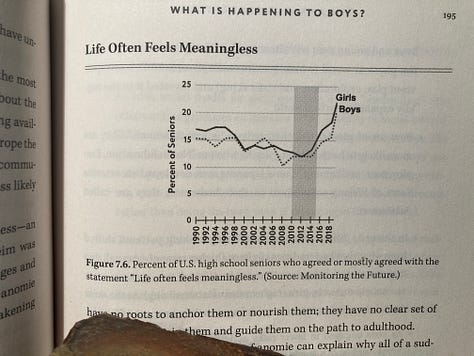
4.
Is there any escape from the gloom that these statistics reveal?
Haidt thinks so.
A healthier childhood, says Haidt, would be the result of four foundational changes:
No smartphones before high school
No social media before 16
Phone-free schools
Far more unsupervised play and childhood independence.
Photo by Laura Ohlman on Unsplash
5.
Back to 1984.
Back to a time before smartphones and social media.
Back to a time of unsupervised play and relative childhood independence.
The childhood independence that I describe in School Portrait didn’t happen just because the students spent unsupervised time in their cubby area or in the bushland around the school. It was also nurtured, sometimes in gruellingly long sessions, by teachers insisting that the students confront and, if possible, solve the thorny problems thrown up in any community that values democratic principles.
In Part 2 Chapter 4, I describe the time we spend framing the rules of the medieval village we are about to build. Hours of communal commitment and concentration are demanded of those children, interspersed with technology-free and unsupervised free play out in the playground and in the cubby area.
And then in Part 2 Chapter 5:1, village life stops as the students attempt to think their way through a crisis. There is a thief in the village, and the students are upset. Again, hours are spent talking through various proposals. A parent describes the effect this has on her son.
6.
There are teachers now - I know some of them, though I’ve been out of the system for many years - who create democratic classroom communities. I’m sure there are still whole schools that ban or limit social media and value unsupervised free play amongst the students.
It seems urgent, to me at least, that these stories are told.
It would be wonderful to read about some in the comments below.
7.
The painting at the head of this post is by Solomon Karmel-Shann. It is called ‘The whispering flag’ and won The Hornsby Art Prize in 2022.
_____________________________________________


